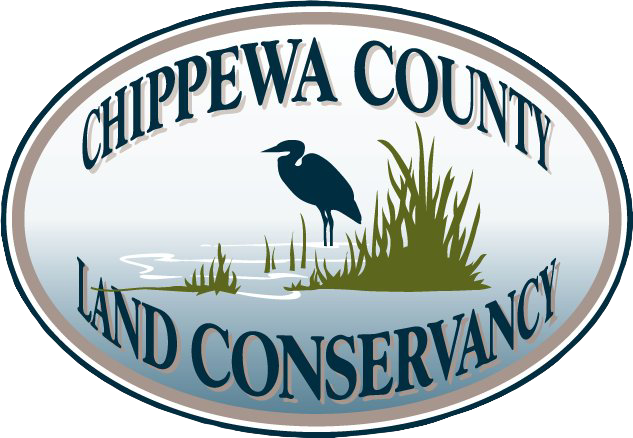7 Ways Land Conservation Reduces Climate Change Effects
Otter Lake Esker Preserve, photo by @dezlezotte
Climate change today is vastly accelerated by human activities that release greenhouse gases into the atmosphere. The past decade was the hottest on record according to climate experts, and that trend continues this year. But did you know that conserving natural lands helps reduce the effects of climate change? Here’s how:
1. Diverse plant cover is cooling + stores carbon
Plants in conserved areas cool the land, protecting the plants, animals, fungi, microbes, and soil systems present there. They also store carbon, especially in their roots in the soil, preventing it from entering our atmosphere and further warming the planet, as it does when land is cleared for farming or development. According to the Columbia Climate School, plant cover in the US captures 13% of all carbon emitted here annually, and globally, plants capture 1/3 of all emitted carbon. Undeveloped, diverse natural spaces such as prairies, woodlands, peatlands, and aquatic areas absorb and store far more carbon than fields and developed areas. This is due to the deeper roots of perennial plants that remain in the ground.
2. Plants clean the air
Plants also purify the air of contaminants, keeping humans and the other diverse species in our ecosystems healthy. For example, lichen are species with complex microbiomes, like humans. When pollution increases, lichen decline, and in highly polluted areas, they disappear altogether. However, in areas with little to no air pollution, they thrive.
3. Plants clean the water
The increased flooding we see is due to climate change, and scientists predict that it will get much worse, with floodplains increasing by 45% in the US by the end of the century. When it rains a lot at once on cleared or developed land that is no longer covered by plants, the majority of rainwater quickly races across the ground, rather than sinking in, leaching toxic chemicals and creating runoff. However, in areas with diverse plant cover, such as conserved lands, raindrops strike plant matter at different levels before hitting the ground, disbursing the raindrops and allowing them to sink in. This causes less soil disturbance, preventing erosion, and allowing the water to absorb into the ground and plant roots rather than creating runoff. Through a process known as phytoremediation, plants also help clean water before it enters our underground aquifers.
4. Plants keep our soils healthy
With less water runoff due to diverse plant cover, nutrients stay in the soil, rather than flowing away with runoff rain water. This helps counter intensive tillage farming practices that result in erosion, nutrient runoff, and increased carbon emissions. With climate change producing more extreme weather, including flood events, reducing erosion and runoff is becoming increasingly valuable.
5. Diverse ecosystems = resilient ecosystems
All other animals and plants need clean air, water, and healthy soils to keep healthy too, so protecting our natural resources leads to healthy wildlife. This is, of course, beneficial to hunters, foragers, and the ecosystem as a whole. Each species serves many ecosystem roles, all of which keep our interdependent ecosystems intact. This is important, because diverse, healthy ecosystems are more resilient in the face of climate change and are essential for our food production. In fact, 35% of food crops require pollination by wild animals such as bees, bats, and other pollinators.
6. Healthy ecosystems = healthy species (including humans!)
Climate change-induced extreme weather is very hard on human health. Migration due to climate change is happening and expected to increase, with people moving to more hospitable places, including Wisconsin and areas along the Great Lakes. In addition, studies show that human health is largely influenced by our environment. Many studies show distinct correlations between pollution and negative health outcomes in humans including cancer, respiratory diseases, and cardiovascular disease. In addition, land development that alters human and wildlife interactions can lead to zoonotic diseases, warns the National Academy of Sciences.
Preventatively, other studies show that connecting with nature reduces stress and increases wellbeing. It also improves overall health and healing outcomes. For example, studies show that hospital patients with access to nature actually heal faster than those who don’t.
7. Conservation preserves nature for all + future generations
Given our current trajectory, we and future generations will live in a hotter world with declining biodiversity. We have the opportunity now to change this trajectory by conserving land, making big shifts to clean energy and reducing our reliance on polluting industries. Nature has so many benefits to people today and in future generations. Let’s do what we can to keep it intact and accessible to all. Visit our Join Us page to learn about all the different options to get involved and reduce climate change through land conservation, starting today!

